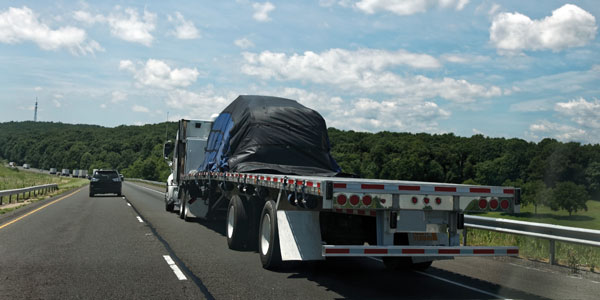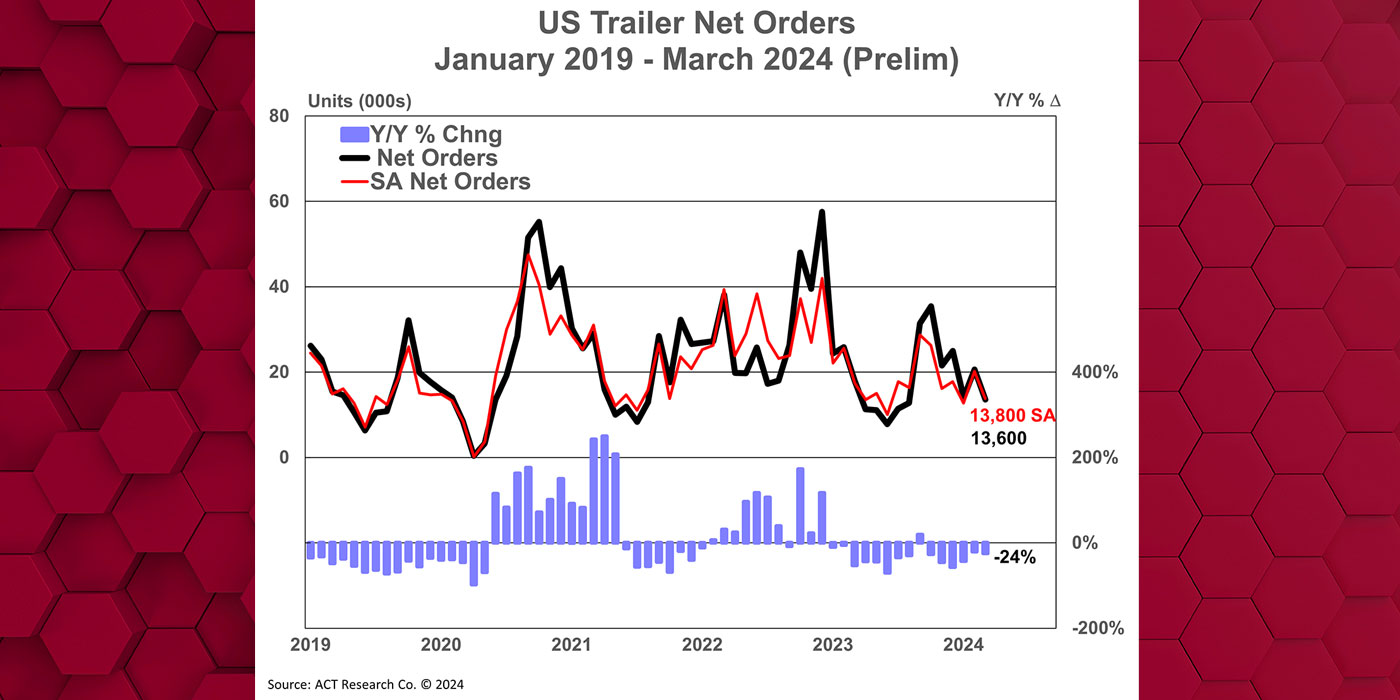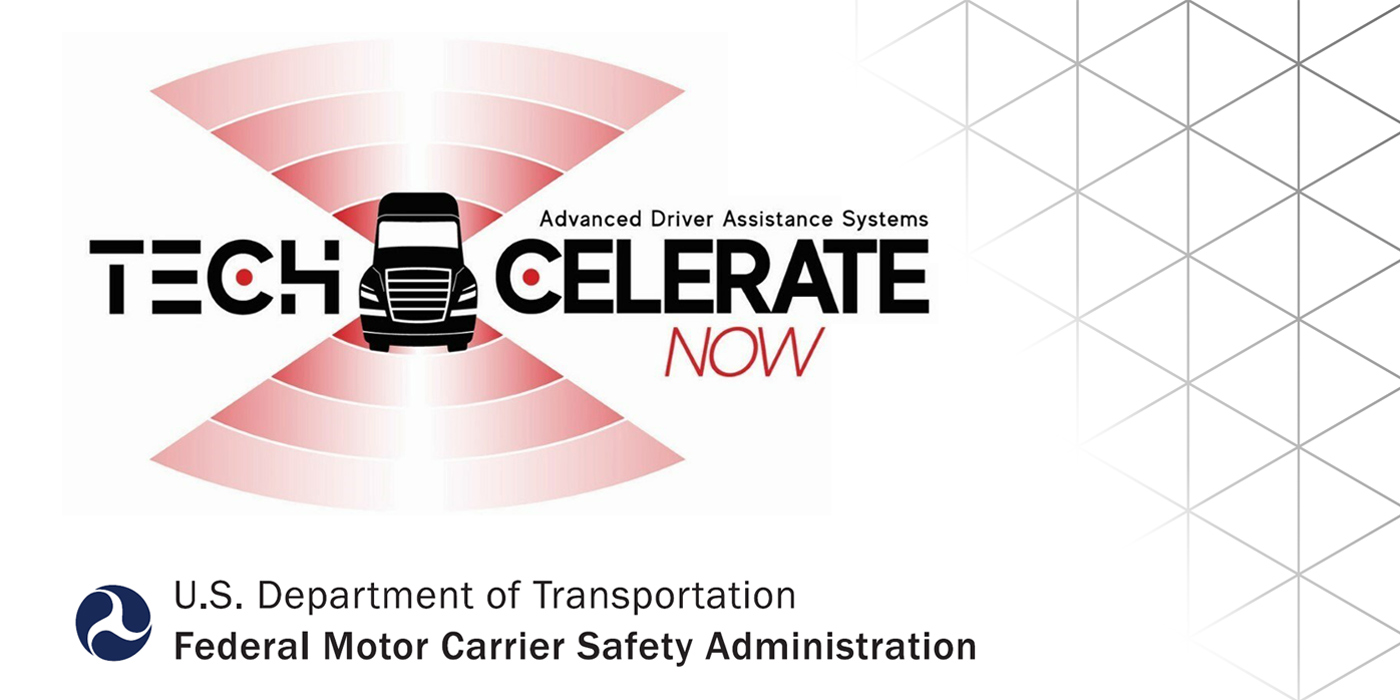Back on May 14, the Federal Motor Carrier Safety Administration (FMCSA) announced new Hours-of-Service (HOS) rules, and they are officially going into effect on Sept. 29.
These changes came about after the FMCSA held multiple town hall meetings online to proactively get feedback from those that the HOS rules impact the most.
After assessing all comments, the agency determined that the following four changes were needed as part of the HOS rules reform:
CMV Short-Haul Exemption:
- Previous rule: The short-haul exemption would limit drivers’ on-duty status to 11 hours or less and those same drivers may not drive beyond a 100 air-mile radius.
- New rule: Extends on-duty status to 14 hours and air-mile radius to 150 miles.
- The impact: Allows drivers to operate more hours and miles while still considered local, exempt from HOS.
Adverse Driving Conditions:
- Previous rule: Adverse driving conditions allow drivers to drive no more than two additional hours more than the maximum drive time of 11 hours, but this does not extend the maximum driving window of 14 hours.
- New rule: Two additional hours extend the maximum driving window to a maximum of 16 hours.
- The impact: This allows drivers to park and wait for the adverse driving conditions to pass, rather than trying to drive through it in an attempt to maximize driving window usage.
30-Minute Break:
- Previous rule: When more than eight consecutive hours have passed since the last off-duty (or sleeper berth) period, the driver is required to take an off-duty break of no less than 30 minutes before driving again.
- New rule: Changes the language of the rule to require the 30-minute break only after eight hours of drive time, as opposed to on-duty time. The new rule also allows on-duty/not driving periods to qualify as rest breaks.
- The impact: This allows drivers to reach their destination more easily by increasing potential on-duty/non-driving time by up to 30 minutes.
Split-Sleeper Berth:
- Previous rule: Drivers can use the sleeper berth for an eight-to-two split; meaning the eight-consecutive hours of rest and the separate two-consecutive hours of rest do not count against the 14-hour limit of driving time.
- New rule: Allows for drivers to choose between the above eight-to-two split or a seven-to-three split treated in the same manner, based on their preference.
- The impact: Potentially increases the likelihood drivers utilize the use of the sleeper berth periods by giving them a choice on how they want to do so, because drivers using a berth have additional hours to complete 11 hours of driving.














